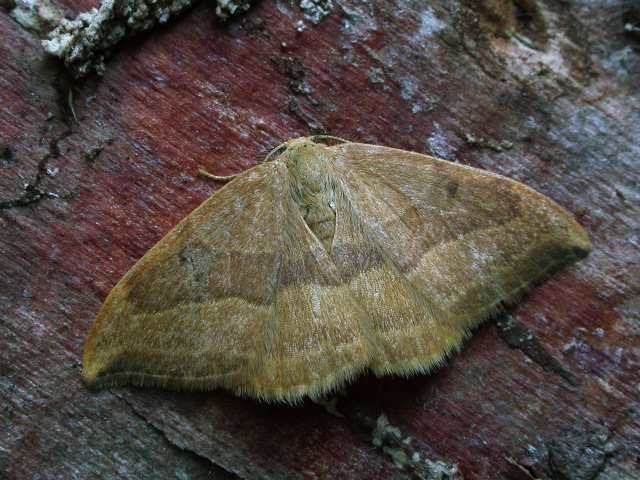Kingdom Animalia Scientific name Watsonalla binaria Rank Species | Class Insecta Genus Watsonalla Phylum Arthropoda Order Butterflies and moths | |
 Butterflies and moths, Drepana, Watsonalla cultraria, Drepana falcataria, Buff arches | ||
The oak hook-tip (Watsonalla binaria) is a moth of the family Drepanidae. It is sometimes placed in the genus Watsonalla. It is found in most of Europe except the far north. It is quite common in England and Wales but not found in Scotland and only recently in Ireland.
The sexes differ in size (male wingspan about 30 mm, female about 35 mm) but are similar in colour. The forewings are orange-brown with three narrow yellow fascia (the outer one being faint and sometimes absent) with two dark discal spots between the inner two fascia. Sometimes these occur, but weaker, on the rear wings.The apex of the forewing is hook-shaped, giving the species its name. The hindwings are lighter orange, again with three yellow fascia. Usually two broods are produced each year, the adults flying in May and June and again in August [1]. Second generation moths are much smaller and slightly lighter coloured than those of the first.Very similar to Watsonalla cultraria which also has a yellowish-brown colour. Two black twin points on the front wings are the clearest differentiator.The species sometimes flies during the day, but usually flies at night and is attracted to light.
The larva is brown with yellow markings and shows the typical drepanid shape with a tapered tail. It usually feeds on oak but has also been recorded on alder, beech and birch. The species overwinters as a pupa.
- ^ The flight season refers to the British Isles. This may vary in other parts of the range.
